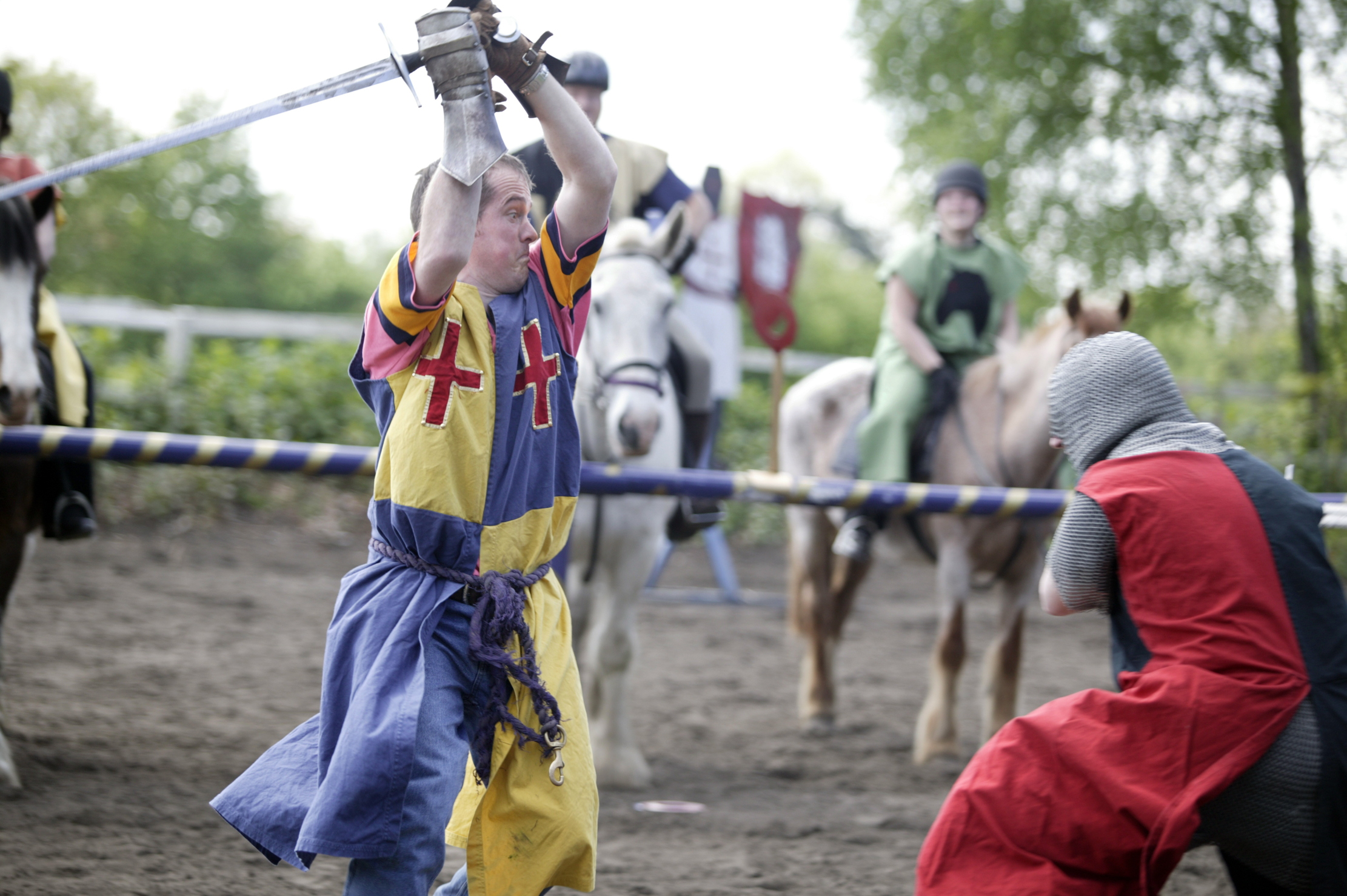Athena: Sacrificing the Arts for 'self-imposed' fiscal rules?
Cuts to our cultural institutions will only save a minimal amount of money, but could do a significant amount of harm.


Last week, the National Lottery Heritage Fund (NLHF) announced that it will be giving £4.68 million to support the Church of England’s Conservation Grants Scheme over the next five years. The aim of this scheme is to protect the important contents of our historic parish churches, including monuments, wall paintings, stained glass and organs. Match funding further raises the amount of money that is available to more than £5 million.
All this may be a drop in the ocean of need, but the award is welcome to Athena in part simply because it represents such a positive change in the outlook of the NLHF towards churches. The award is the first to have been made through one of its four strategic initiatives: ‘Heritage in Need: Places of Worship’ promises an investment of £15 million over the next three years to help places of worship ‘become more sustainable, share their heritage and welcome people from all backgrounds, including those who rarely visit’.
This excellent news comes at what otherwise feels like a bleak moment for the cultural sector at large. There is growing nervousness as to what the October Budget holds in store. It’s already a concern for some institutions and charities that private donations of money are at low levels and that membership renewals are falling, as with the National Trust (despite record visitor numbers). A tough Budget might accentuate these trends.
'This damaging decision illustrates the ability of the Treasury to pursue a narrow financial agenda without thinking very hard about the consequences'
At the same time, there is real concern that the Government’s self-imposed fiscal rules, combined with the pledges it has made, hopelessly restrict its freedom of action to raise revenue. The stage feels set, therefore, for a clear-out of smaller concessions and expenditure. In the grand scheme of things — rather like adding VAT to school fees — the financial impact of such changes from the Treasury’s perspective will not be great. In a cash-strapped sector, however, they might have massive and hugely destructive consequences.
A case in point is the Listed Places of Worship Grant Scheme (LPWGS), a grant system run by the Department for Culture, Media and Sport (DCMS) that refunds VAT on repairs and alterations to places of worship costing more than £1,000. The scheme presently runs until March 31, 2025, and there is grave concern that it might be withdrawn. How absurd it would be if the NLHF’s initiative was followed within weeks by something as proportionately damaging (and which saves the Treasury next to nothing).
It’s also salutary to remember that, in its present form, the LPWGS, first introduced in 2001, was a response to the introduction of VAT on repairs and alterations to listed buildings in 2012. Rumour has it that this far-reaching change to VAT arrangements was made almost without consideration as to its impact. Whatever the case, the fact of this damaging decision illustrates the ability of the Treasury to pursue a narrow financial agenda without thinking very hard about the consequences.
Athena is the magazine's Cultural Crusader and writes a column in the magazine each week.
Sign up for the Country Life Newsletter
Exquisite houses, the beauty of Nature, and how to get the most from your life, straight to your inbox.

The Athenaeum: Ancient history, old rivals and a recent revival for the old Carlton House haunt
One of the grandest Regency clubs in London has undergone a revival in recent years. John Goodall looks at the

Credit: Getty Images
Beware experience, lest we forget what actually makes these places important in the first place
Jousting in castles? Falconry demonstrations? That's all fine, says Athena, as long as people don't forget about the real purposes

Plan properly, build well, and even the NIMBYs can't object to the solution to the housing crisis
Reforming planning and embarking on a large-scale house building plan is one of the great challenges for the new government
Country Life is unlike any other magazine: the only glossy weekly on the newsstand and the only magazine that has been guest-edited by HRH The King not once, but twice. It is a celebration of modern rural life and all its diverse joys and pleasures — that was first published in Queen Victoria's Diamond Jubilee year. Our eclectic mixture of witty and informative content — from the most up-to-date property news and commentary and a coveted glimpse inside some of the UK's best houses and gardens, to gardening, the arts and interior design, written by experts in their field — still cannot be found in print or online, anywhere else.
-
 The King's favourite tea, conclave and spring flowers: Country Life Quiz of the Day, April 22, 2025
The King's favourite tea, conclave and spring flowers: Country Life Quiz of the Day, April 22, 2025Tuesday's Quiz of the Day blows smoke, tells the time and more.
By Toby Keel
-
 London is the place for me* (*the discerning property buyer)
London is the place for me* (*the discerning property buyer)With more buyers looking at London than anywhere else, is the 'race for space' finally over?
By Annabel Dixon